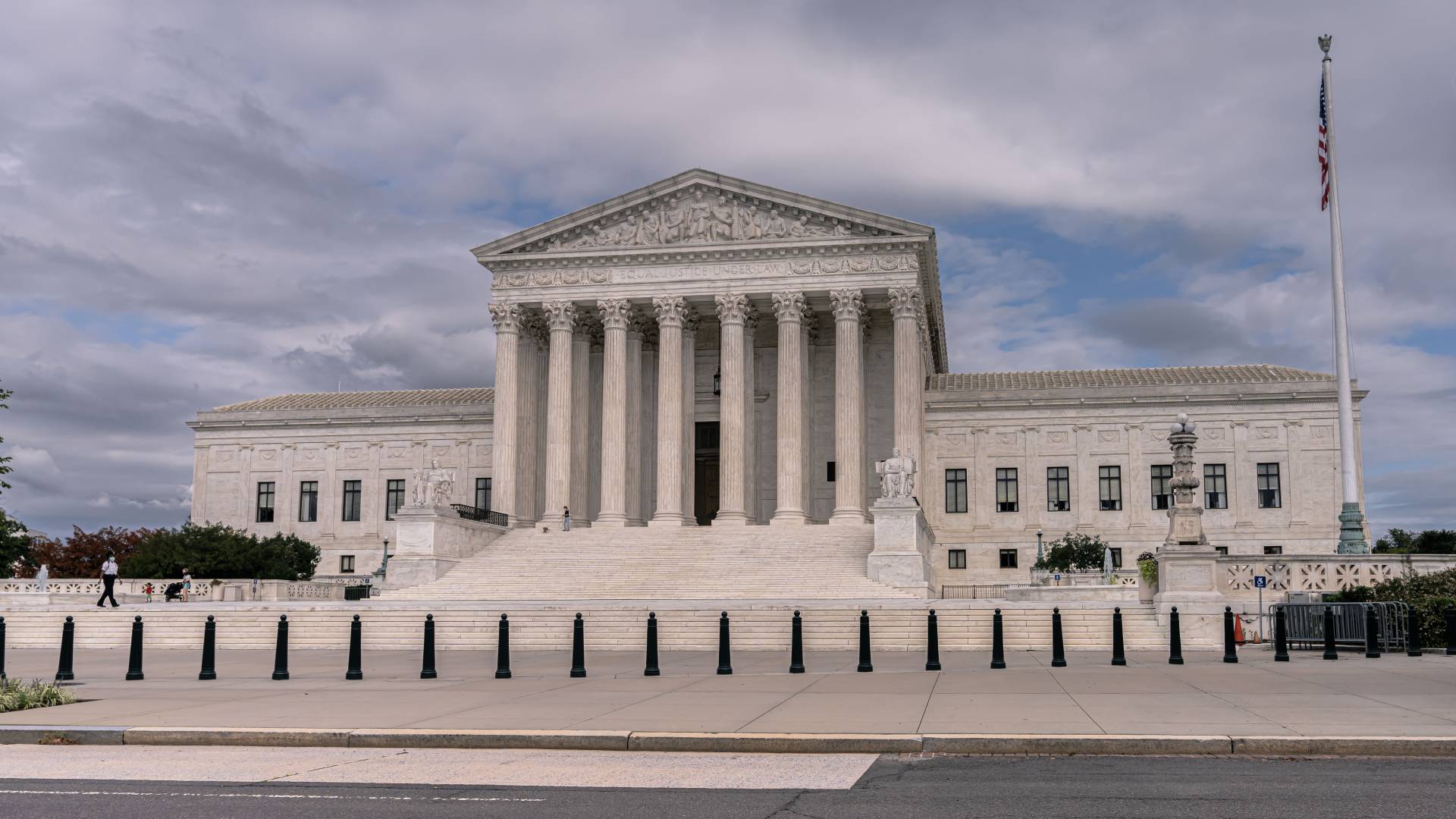The US Supreme Court has dealt a blow to President Joe Biden’s efforts to alleviate the burden of student debt on millions of Americans. In a 6-3 decision along ideological lines, the Court rejected Biden’s plan to slash the student debt of over 40 million people. This ruling represents a setback for the President in his attempt to appeal to young voters and address the growing issue of student loan debt.
The case before the Supreme Court was brought by six Republican-led states that challenged the legality of Biden’s student-loan relief program. The program aimed to provide significant debt relief to millions of borrowers, potentially costing $400 billion over a span of 30 years. The states argued that Biden’s plan exceeded the President’s power and encroached upon the authority of Congress.
In a majority opinion, the Court sided with the Republican-led states and concluded that Biden’s plan went beyond the scope of his authority. The justices’ decision was based on ideological lines, with the conservative justices forming the majority. This ruling represents a significant setback for the Biden administration, as it hampers their efforts to address the student loan crisis and fulfill one of their key campaign promises.
The Supreme Court’s decision to reject Biden’s student-loan relief plan has far-reaching implications for the millions of Americans burdened with student debt. The program would have provided substantial relief to borrowers, potentially alleviating the financial strain they face. The ruling leaves these individuals without the anticipated relief and raises questions about the future of addressing the student loan crisis at a national level.
Following the Supreme Court’s ruling, the Biden administration expressed disappointment and emphasized their commitment to finding alternative solutions to alleviate the burden of student debt. While the specific details of the administration’s next steps are unclear, it is evident that they will need to explore alternative avenues to provide relief to student borrowers.
The Supreme Court’s rejection of Biden’s student-loan relief plan has broader implications beyond the issue of student debt. It highlights the ongoing ideological divisions within the Court and the political landscape in the United States. The ruling serves as a reminder of the significant role the Supreme Court plays in shaping policy and the limitations of executive power.
With Biden’s plan struck down by the Supreme Court, the future of student loan relief remains uncertain. The burden of student debt continues to weigh heavily on millions of Americans, and finding a solution to this crisis is crucial. The ruling underscores the need for a comprehensive approach that involves collaboration between the executive branch and Congress to address the issue effectively.
In light of the Supreme Court’s ruling, it is essential to consider alternative solutions to alleviate the burden of student debt. This could include legislative action to reform the student loan system, exploring options for targeted relief programs, or promoting financial literacy to empower borrowers to make informed decisions about their student loans. Additionally, the ruling may create an opportunity for states to take a more active role in addressing the student loan crisis within their jurisdictions.
The Supreme Court’s decision regarding Biden’s student-loan relief plan serves as a reminder of the importance of staying informed about key political and legal developments. Understanding the implications of decisions made at the highest level of government empowers individuals to engage in meaningful conversations, advocate for change, and make informed decisions when it comes to issues such as student debt.
The Supreme Court’s rejection of President Biden’s plan to slash student debt represents a setback in his efforts to address the issue of student loan relief. The ruling highlights the challenges of implementing significant policy changes and the limitations of executive power. Moving forward, it is crucial for policymakers to explore alternative solutions and collaborate to find comprehensive and effective ways to alleviate the burden of student debt on millions of Americans. Staying informed and engaged in these discussions is key to advocating for change and ensuring a brighter future for student borrowers.
First reported by Bloomberg.













